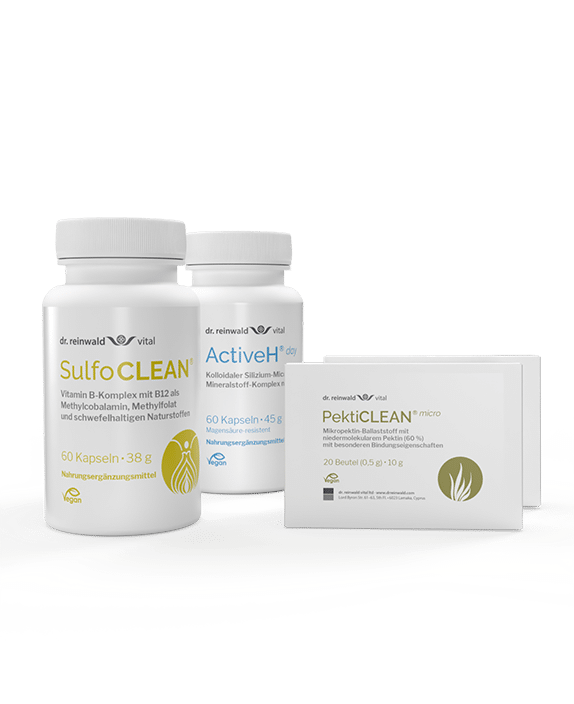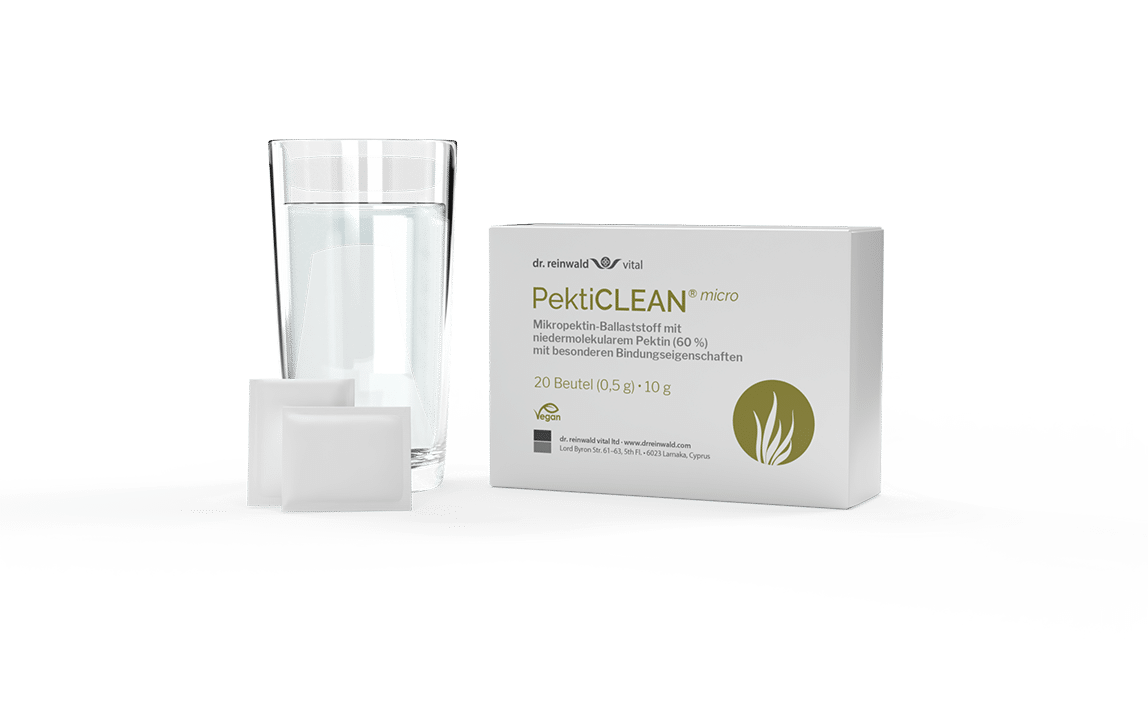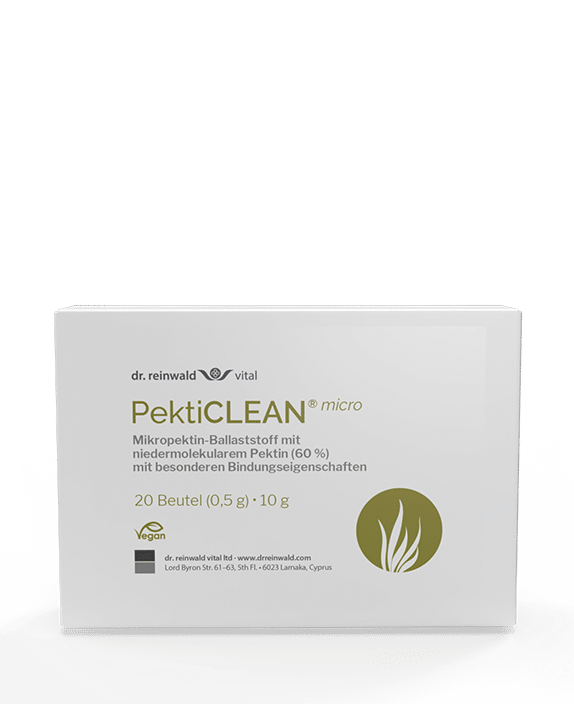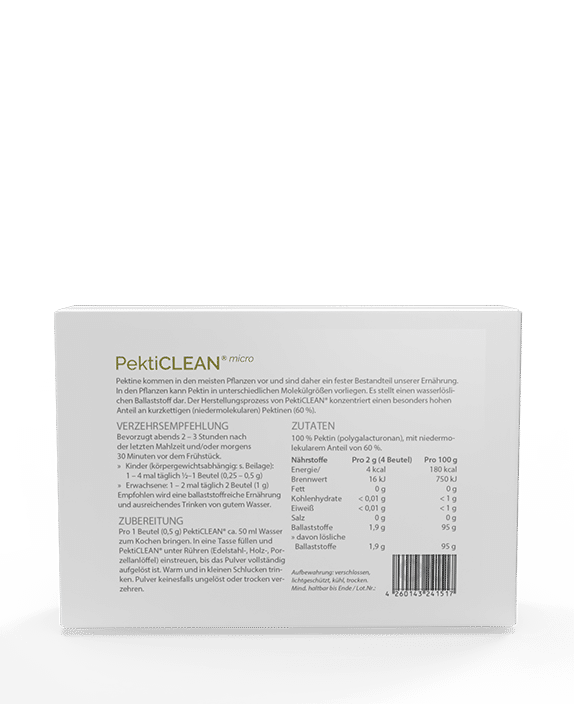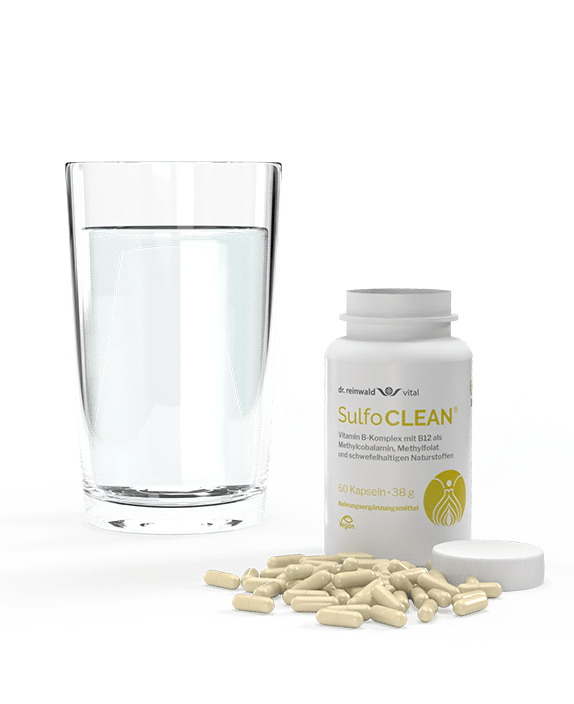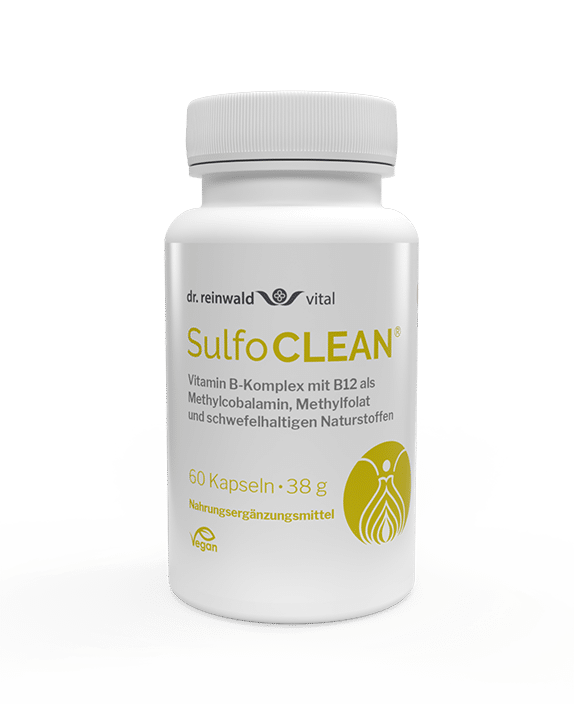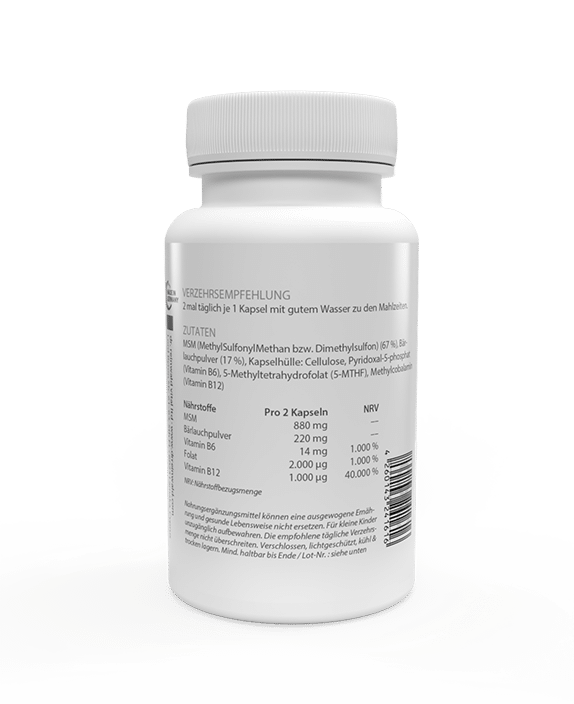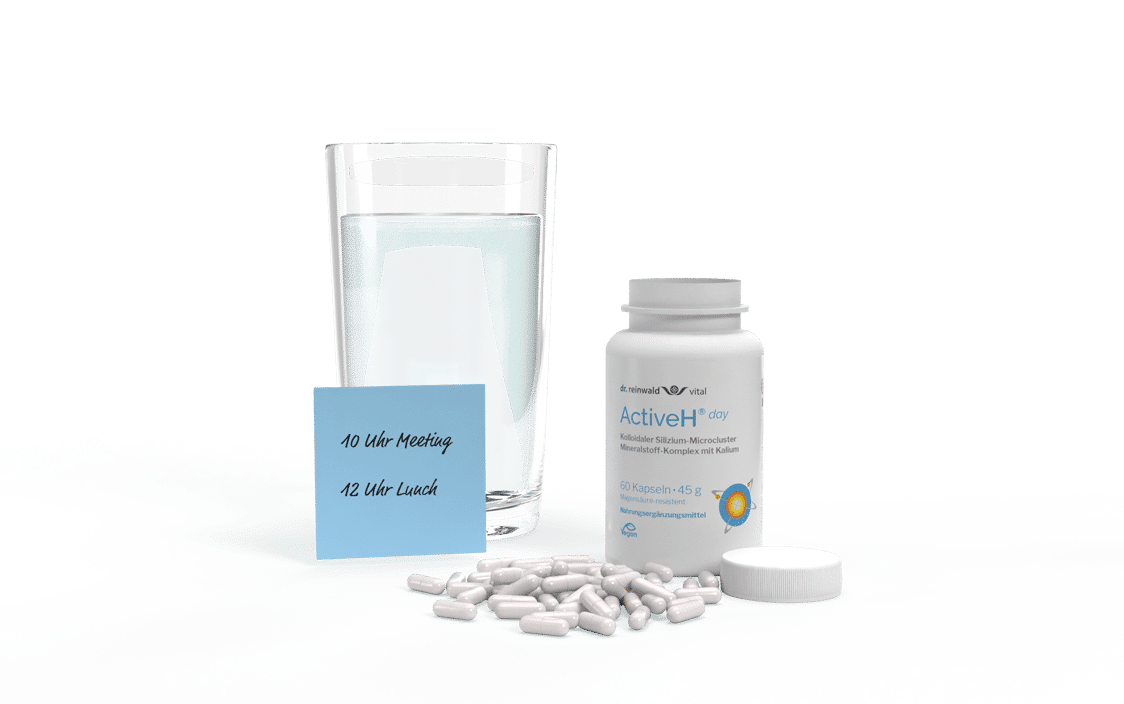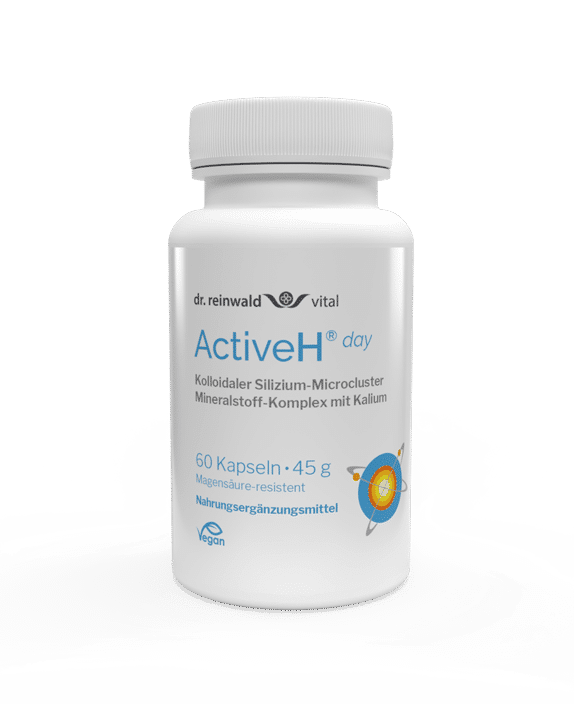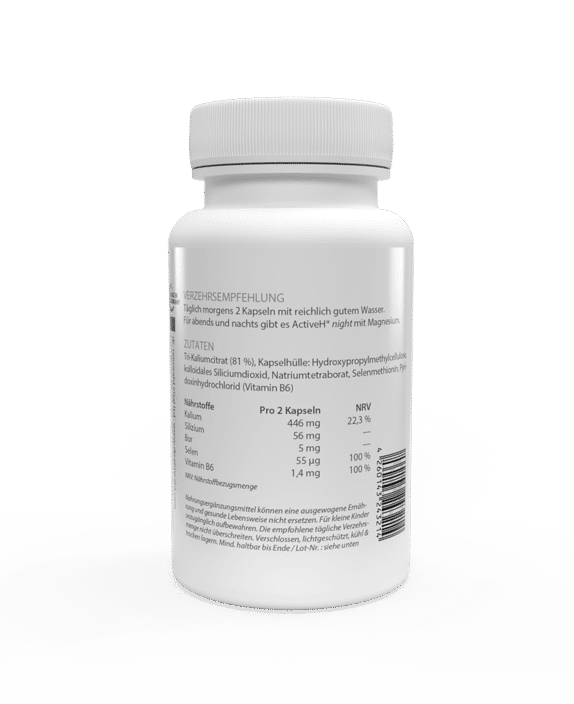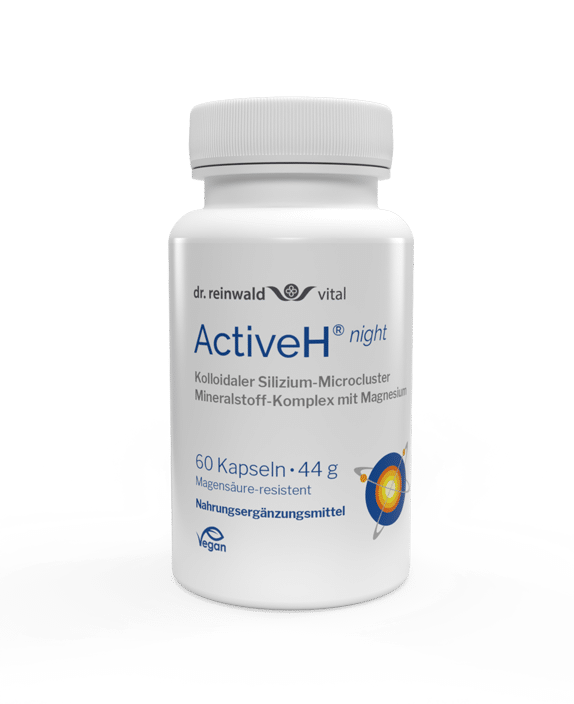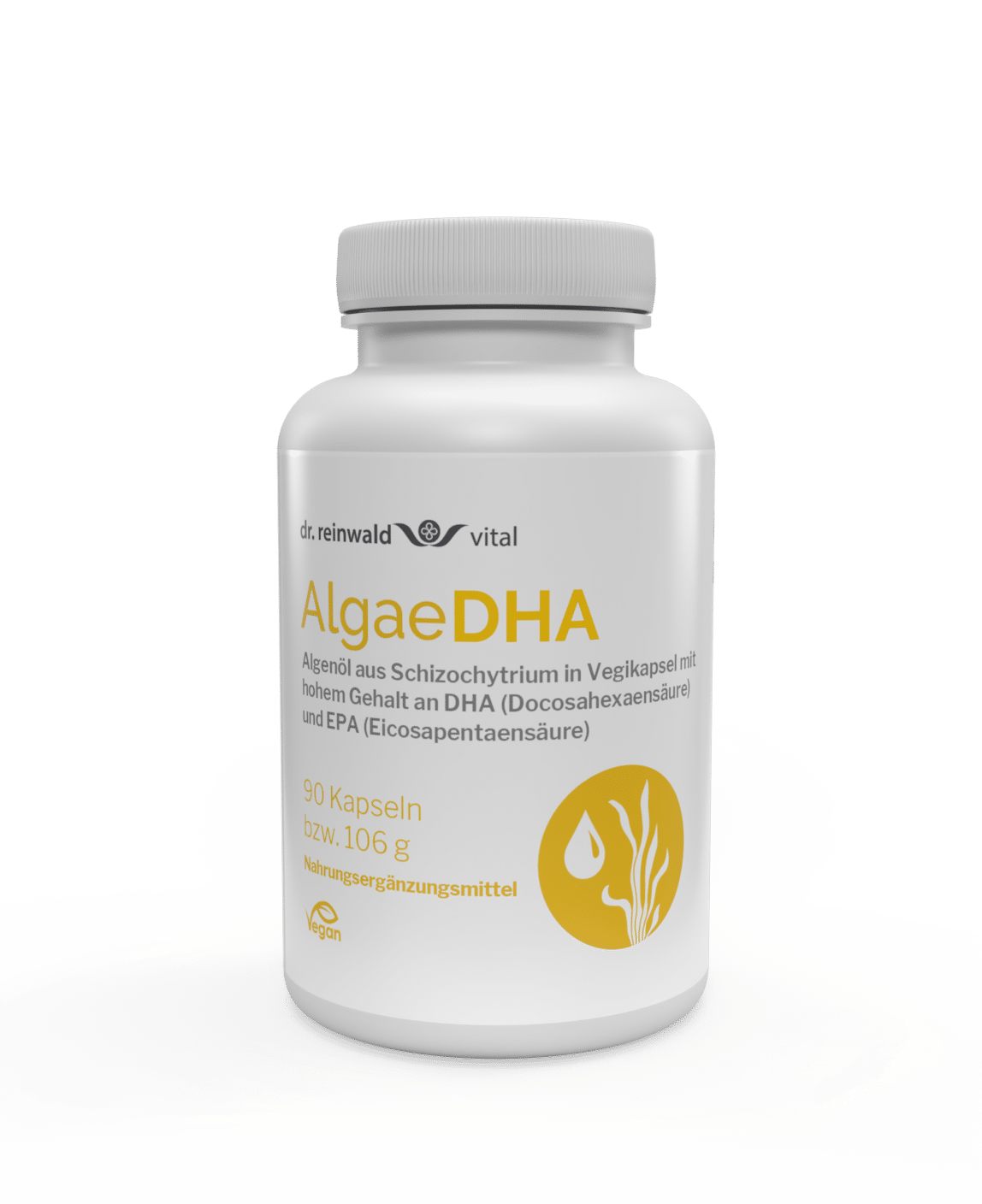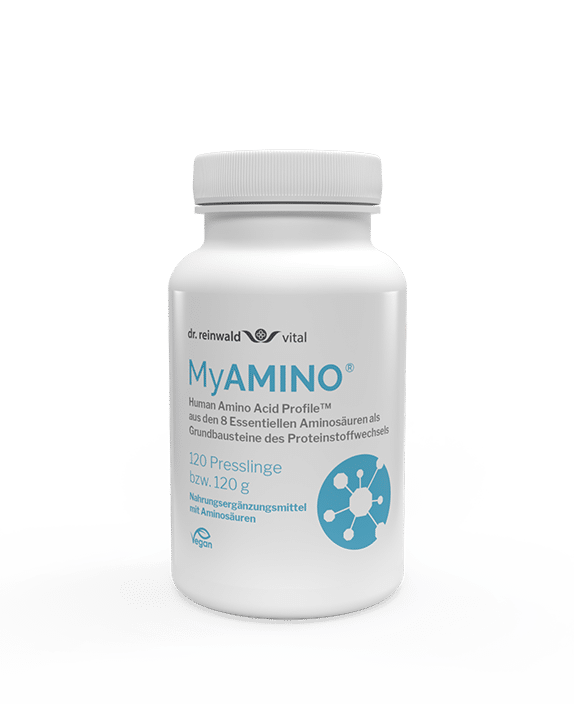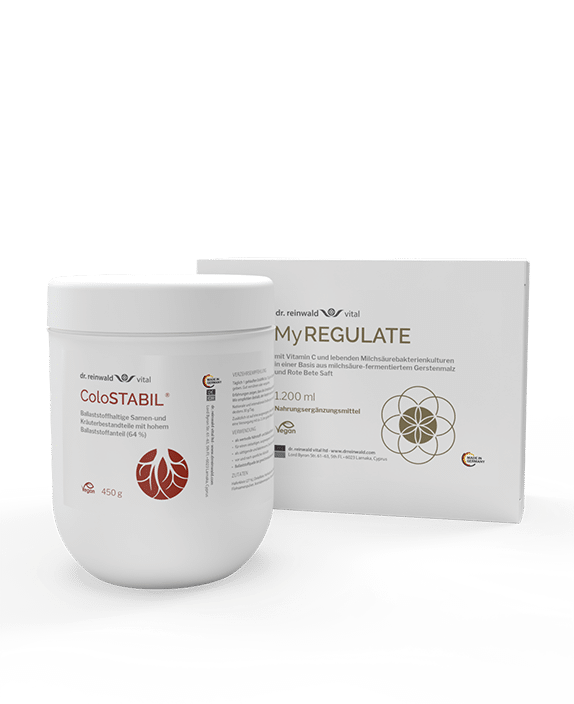PektiCLEAN® micro
d
Micro-pectin fiber with specific binding properties
Cell-active – Loosening – Binding – Eliminating
The nutritional physiological ingredient of PektiCLEAN® consists of 100% natural pectin fiber. This has a particularly high, low molecular weight content of up to 60%. Many other preparations reach a maximum of 8%.
Pectins occur in many plants, fruits and vegetables and are an integral part of our diet. As swellable, water-soluble fibre, they belong to the so-called bioactive substances that are not digested in the small intestine and are well-tolerated by the body. Pectins can act as effective, functional fibers against unwanted burdens of the organism.In plants, pectin can be present in different molecular sizes.
Nature of micro-pectins (according to literature)
- special ability to bind pollutants and toxins
- penetration of the mucous membrane in the bowel wall
- the effect in the serum and in the body cells themselves
- to aid a highly efficient elimination of pollutants and toxins via the liver and kidneys
New standards in “internal cleansing” – gentle and simple
The low-molecular size of micro pectin leads to a larger surface area and thus a larger adaptation area for substances. Much like other low-molecular weight nutrients, very small molecules are able penetrate the intestinal barrier, thus working their effect in the body itself, not just the bowel. Like all dietary fibers, it has a special binding capacity for unwanted substances, also such as pollutants and toxins.
Micro-pectins are a comparatively young class of chelates of biological origin. The negatively charged pectins are able to bind positively charged substances in an extremely strong but also very small complex, which is then easy to excrete from the body via the liver and kidneys.
Binding priorities: As a binding partner, „heavy“ ions with a higher proton or nuclear charge number are preferred. On the other hand, valuable minerals such as potassium, calcium or magnesium are spared. To date, nutritional medicine has barely looked at this property of micro-fibre.
SulfoCLEAN®
Vitamin B complex with B12 as methylcobalamin, methylfolate and sulfur-containing natural products (MSM + wild garlic)
MSM and wild garlic promote the nutritional supply with sulfone, thiol and methyl groups, which are relevant for the body’s natural detox metabolism.
In particular the combined administration of vitamin B12, B6 and folic acid contributes to normal homocysteine metabolism. Elevated homocysteine values are being discussed with regard to unfavorable metabolic reactions, which are involved in an increased inlammability in the organism. An increasing number of experts consider a high homocysteine level as a factor for inlammation in the body. A functioning degradation of homocysteine protects the blood vessels and the cardiovascular system and supports the body-speciic glutathione protein synthesis.
Furthermore, vitamin B12, B6 and folic acid contribute to a normal
- Energy metabolism (reduction of tiredness and fatigue),
- Immune system,
- Blood formation and
- Psychological function
A better metabolic availability by biologically activated vitamins
In SulfoCLEAN® we provide the biologically active forms methylcobalamin (B12), pyridoxal phosphate (B6) and methylfolate (B9). „Biologically active“ means that the vitamins are already present in a physiological form, as they occur in the organism and fulill their tasks there. Activated forms therefore have a better absorption and biological availability in the metabolism.
People with an almost vegetarian lifestyle have additional needs for biologically active forms since these are mainly contained in meat, in particular when also dairy products and eggs are despised. However, elderly people whose metabolic functions often are slowed down can suffer easily from B12 or folic acid deficiency, since it is no longer absorbed sufficiently from the diet.
Sources of organic sulfur: MSM and wild garlic
MSM (MethylSulfonylMethane) is the organic sulfur form, which naturally occurs in all living organisms and is biologically active. Since antiquity, sulfur-containing sources have been used to promote health. Organically bound sulfur is an integral part of many proteins, hormones, enzymes, the cartilage substance and many other important compounds and structures in the body. In addition to calcium, potassium, magnesium, sodium and phosphorus, sulfur is one of the building elements in the body´s structures. It is, after calcium and phosphorus, the third most abundant mineral; a human organism contains about 140-150 grams of sulfur.
Sulfur is a constituent of the scleroprotein collagen in the connective tissue, the red blood corpuscles, of muscles, skin, hair and nails (creatine). Sulfur is responsible for form and irmness in these tissues. Sulfur is involved in the formation of bile acids (fat digestion) and occurs in the B-vitamins thiamine and biotin. The element sulfur is important for blood coagulation, the formation of insulin and the sulfur-containing amino acids taurine, methionine and cysteine.
Above all MSM is popular to maintain the function of the locomotor system. Organic sulfur is needed to nourish the cartilage mass in joints. A study published in 1995 found that the sulfur concentration in a cartilage attacked by arthritis is only one-third the concentration of a healthy cartilage.
Sulfur is also part of the glutathione, which is formed by the organism itself. Glutathione is the most important substance for the energy formation in the body cells and the most potent antioxidant, which captures free radicals that arise constantly in the cell metabolism.
Above all MSM and natural sulfur compounds from mustard oils (wild garlic, garlic, onions, radish, horseradish, leek, cabbage, mustard) support the internal cleansing. Organic sulfur promotes the permeability of cell membranes. This improves the nutrient uptake into the cells and – on the other hand – the disposal of toxins from the cells. Both, the glutathione but also the sulfone, thiol and methyl groups from organic sulfur compounds are required in many central metabolic processes and body´s own detoxiication processes (especially for the biotransformations I and II of toxic substances).
Active H®
For cell energy and against oxidative stress
Antioxidants such as vitamins, secondary plant substances (polyphenols) or protein precursors such as glutathione are natural “rust guards” and protect all organisms in nature from attacks by free radicals – aggressive, reactive and harmful molecules that arise through stress, poor diet, environmental toxins als well as waste products from most metabolic processes (cell respiration/oxidation) in the human body.
Active hydrogen is a superior antioxidant
Colloidal cluster structures, such as occur in silicon compounds, are naturally amorphous and therefore adsorb substances very easily. Therefore, colloidal silica is liable to e.g. to bind hydrogen particles loosely during conventional hydrogenation and to “store” significant amounts of hydrogen, in particular as hydride ions (H-) or so-called “active hydrogen”.
Negatively charged hydrogen ions (H-) are the smallest, low molecular weight (i.e. able to penetrate cell walls) and yet most powerful antioxidants (approx. -710mV) known in the scientifc world. At the same time they are the ultimate scavengers for free radicals, because they own an excess electron to neutralize such radicals. Active hydrogen occur predominantly in fresh fruit and vergetables as well as in fresh spring water. It is extremely volatile and reactive, which is why it is often not available to us to sufficient degree.
Active H ® day – as a complex with potassium / zinc / B6 – contributes to the normalization of
- Cell protection against oxidative stress (neutralization of free radicals)
- Cell energy production (ATP)
- Reduction of tiredness and fatigue
- Cognitive function (mental energy)
- Immune system (defense power)
- Acid-base balance (pH-milieu)
- Nutrient metabolism in the body
Redox potentials (ORP) of vitamins and other antioxidants
The redox potential is a description of the antioxidant power. The diagram shows that Active H® (approx. -710mV) is more than twice as strong as NADH (approx. -320mV) and is about 99x stronger than vitamin C (approx. + 80mV)
